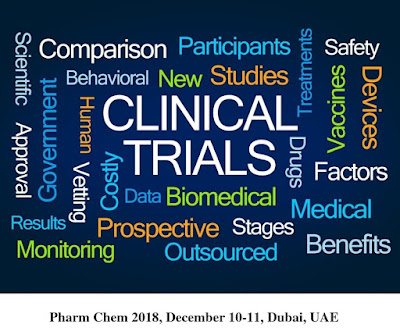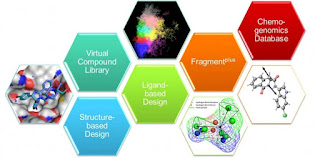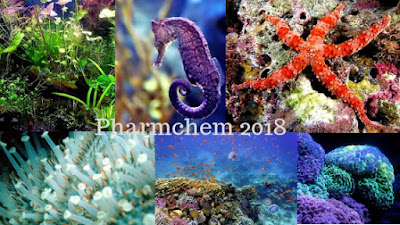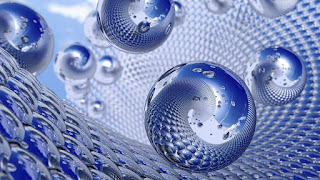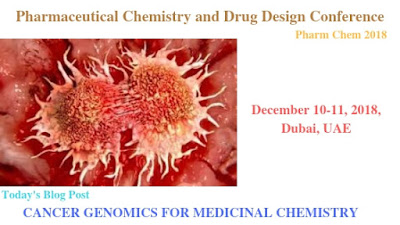
CANCER GENOMICS FOR MEDICINAL CHEMISTRY Malignancy is a hereditary infection. Malignant growth genomics is to methodically arrangement of the genome with the end goal to distinguish repetitive genomics changes in tumors. To date, in excess of 80 kinds of malignant growths are, or have been, sequenced by revolves far and wide. These undertakings have extended the rundown of disease qualities and furthermore uncovered many developing dysregulated cell procedures, for example, those engaged with chromatin and epigenomic control, and also those that are associated with RNA grafting, protein homeostasis, digestion and heredity development. The quick development in disease genomics research can be to a great extent ascribed to the utilization of novel cuttingedge sequencing advancements and the improvement of new drug discovery approaches. Computational instruments empower the incredible investigation of expansive volume of malignant growth g
